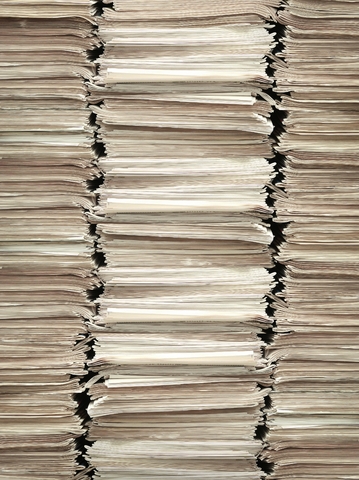When Disaster Strikes: Part Two
 When Disaster Strikes—How Writers Can Safeguard their Work
When Disaster Strikes—How Writers Can Safeguard their Work
Part Two
Hi, Everyone.
Today we sit down for a chat with author and gallant work-saver, Dan O’Connor. Our discussion will focus on what writers can do to preserve their work before that devastating earthquake (or hurricane or tornado or toddler) hits.
Welcome, Dan! We’ll start right in with questions.
Q: Can you give an overview of your writing backup systems?
A: My manuscript first goes to an external hard drive that is about the size of a small handheld calculator. It would fit in my shirt pocket. From there, it goes a couple of places, one is a 2tb external hard drive that is rotated out of my office (and swapped) to another physical location. Another is back to a partition on my main hard drive that is automatically copied in an encrypted format to Carbonite.
Note: I’ve recently discovered dropbox, a cell phone app. that may be a better offsite storage facility than Carbonite. The trouble with Carbonite is that it is painfully slow, even when set to “fast,” and never gets my system completely backed up.
Every now and then, I clone both the internal and external hard drives and rotate the clones to an offsite location.
Q: Any insight you gained the hard way that you could warn other writers about?
A: I was warned not to put my entire manuscript into one file, which was probably lousy advice, even at the time. Any decent word processing program should be able to manage a single file that contains an entire 150,000 word ms. The problem I ran into was that by having everything in one file, I was vulnerable to the file itself being corrupted all at once. That happened once, when I was in Barbados, working on Spice: An Island Intrigue and I had to go back about three days to a backup. It is the only time I know of that I lost any of my work.
What I do now is start a new file at least once every day by changing the date, when I save the file. For example, I would add a numerical date to the title (e.g., grapes_of_wrath_110405) to the name of the file for April 5, 2011. If I’ve done a lot of writing on a given day, I’ll add a series of letters to the name, e.g., 110405a or 110405b, and so on to the file name during the day.
As I think about it, I’ve never had a file corrupted again, but I have found this very helpful, when I want to see a prior version or resurrect a deleted segment, which happens on occasion.
Why use the numbers? It will sort the files in perfect order in a computer folder. It gives me an excellent history of what I’ve done and when.
Q: Traps to avoid? Rescue or backup products that don’t perform as advertised?
A: I’d forget about Carbonite and use dropbox, if I were setting up a system at this moment. I’d also use an encryption program though to store my offsite copy. They are easy enough to find. Many are free and they work seamlessly.
Avoid Hitachi and Western Digital Hard Drives. Seagate is the best I’ve found. I’ve had plenty of the former crash, none of the latter.
Q: If you were to recommend one step or upgrade writers should begin now, what would it be?
A: I’d recommend HDClone by Miray Software in Germany. Having a usable clone has saved me tens of times and hundreds of hours by now. Other disk cloning programs I’ve tried were more cumbersome and less reliable. I use ms word and find it fine, albeit cumbersome with far more features than I’ll ever need or use.
Thank you so much, Dan. I hope your valuable insights will prod us all to protect our work.
And thank you for reading. As always, comments are welcome.